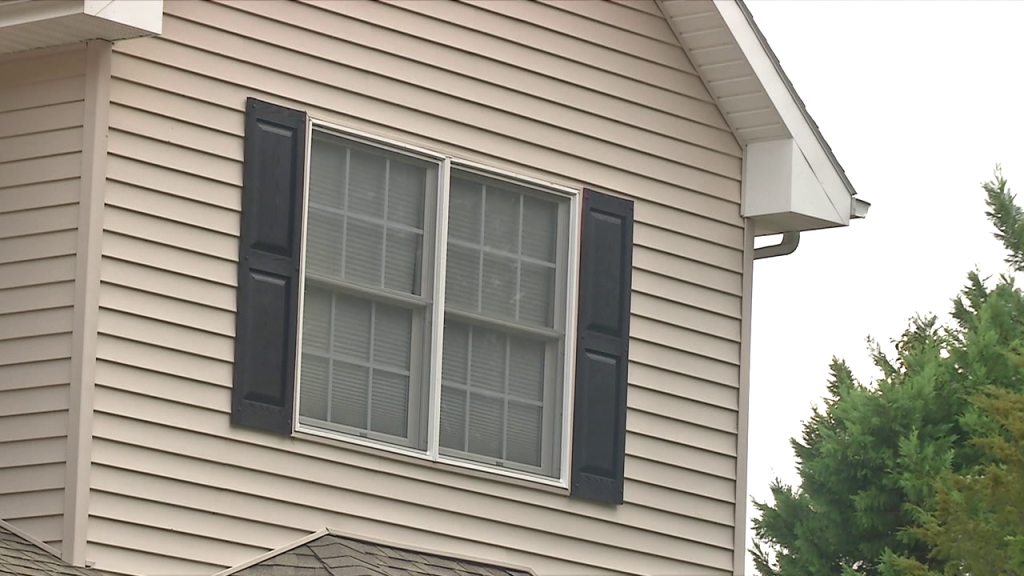State panel addresses chicken house concerns

A nine person expert panel that included representatives from the Maryland Environmental Agency, Department of Agriculture and the Wetlands Association addressed major concerns Tuesday night regarding the proposed chicken houses in Wicomico County.
Near the end of 2015, a proposal to build 13 chicken houses off of Naylor Mill Rd. near a residential area, and on top of Salisbury’s natural ground water source, or aquifer, sparked public concern about the health risks that could come with concentrated animal feeding operations, or CAFO’s.
In an effort to inform the public, and public officials, the county hosted a public forum to address questions such as whether the chicken houses could contaminate Salisbury’s aquifer, increase the public’s risk of getting cancer, and whether it was safe for chicken houses to be near residential areas.
“The sediment wont make it’s way into surface waters of the state,” said Gary Kelman of Maryland Department of Environment, in regards to whether the chicken houses could contaminate Salisbury’s aquifer. However, Kelman added that was if the chicken houses were operated correctly.
When the panel was asked what would happen if for some reason sediment from the chicken houses made it into the aquifer because of something like a natural disaster, they had no answers.
“It just validates the argument that not enough research and scientifical evidence has been addressed,” said Gabby Cammarata, organizer of Citizen’s Against CAFO’s.
Cammarata believes that without those answers the county is taking a risk on approving any new chicken houses for the area.
A risk County Executive Bob Culver addressed to 47 ABC.
“That’s a risk we take with every operation we do, you know no matter what the business is, whether it’s a restaurant or if it’s a CAFO operation. If it’s not run properly, or the precautions that were set forth are not honored then yes we’ve got problem,” Culver said
The panel also said to their knowledge the exhaust from the chicken houses does not increase the risk of humans developing cancer.
As for the whether or not the chicken houses should be near residential areas, the panel deflected that responsibility to the county.
Culver said that matter will be brought up next Monday during a special county council work session.
Culver said after the forum that the the 13 proposed chicken houses off of Naylor Mill road have been changed to 10 proposed houses. He adds that those houses still have not applied for a federal concentrated animal feeding operations permit, and also have yet to receive a building permit. Culver said the process for them is far from being over and it could be over a year before they are approved.


